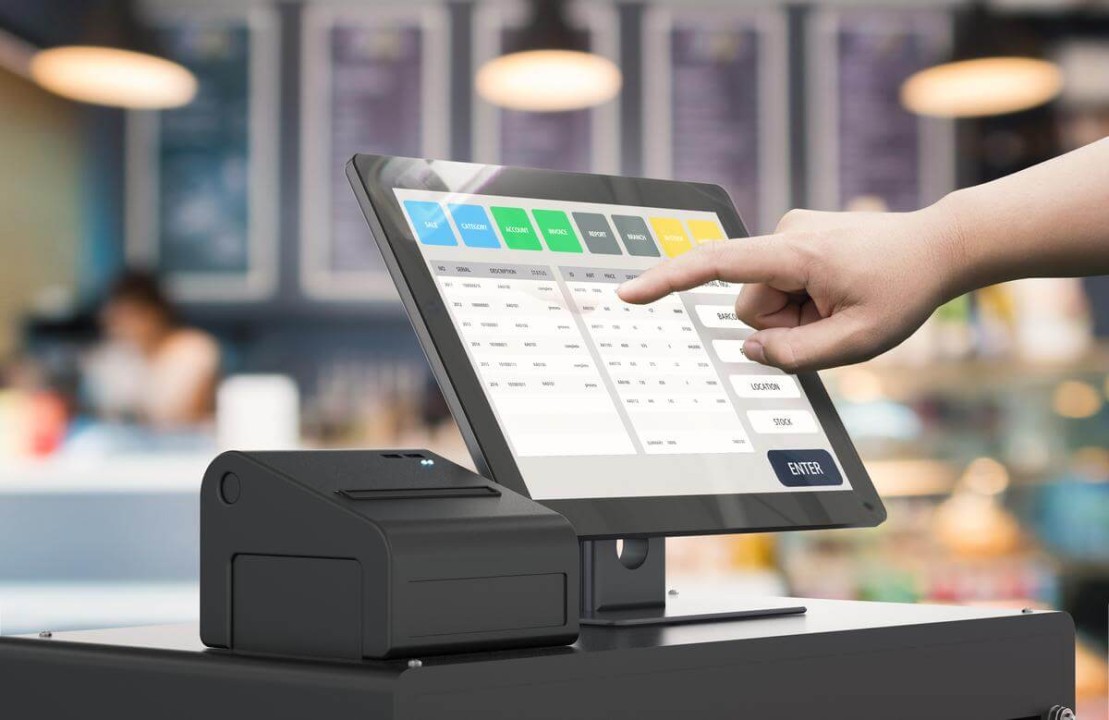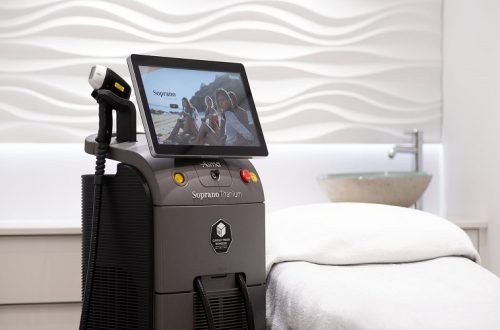In the rapidly evolving world of retail technology, Point of Sale (POS) systems have become crucial for managing transactions, inventory, and customer relationships. Among the latest advancements in POS technology, the integration of cameras into POS systems stands out as a game-changer. These cameras offer a range of benefits, from streamlining operations to enhancing security. This article explores how POS Equipment cameras are revolutionizing the retail landscape and what makes them an essential tool for modern businesses.
1. Enhancing Transaction Accuracy
One of the primary advantages of incorporating cameras into POS systems is the improvement in transaction accuracy. POS system cameras can capture high-resolution images of items being purchased, ensuring that the correct products are scanned and billed. This reduces the likelihood of errors during checkout, such as incorrect item codes or quantities. By providing a visual confirmation of the scanned items, cameras help maintain a high level of accuracy, which is crucial for customer satisfaction and inventory management.
2. Streamlining Inventory Management
Effective inventory management is a cornerstone of retail success. POS system cameras play a significant role in streamlining this process. They can be used to scan barcodes or QR codes on products, automating the inventory tracking process. Additionally, cameras can monitor stock levels in real time, alerting managers to low inventory and helping them make informed restocking decisions. This automation reduces the manual labor involved in inventory management and minimizes the risk of stockouts or overstocking.
3. Improving Security and Loss Prevention
Security is a major concern for retailers, and POS system cameras provide an added layer of protection. These cameras can monitor and record transactions, helping to identify and prevent fraudulent activities. For instance, if an employee tries to manipulate a transaction or steal merchandise, the camera footage can be reviewed to investigate the incident. Moreover, cameras can help deter theft by making it clear that all transactions are being monitored, thereby reducing the likelihood of dishonest behavior from both employees and customers.
4. Enhancing Customer Experience
POS system cameras also contribute to an improved customer experience. They can be used for various customer service applications, such as capturing images for loyalty programs or handling customer returns. For example, when processing a return, the camera can verify the product and ensure that it matches the original purchase. Additionally, cameras can be integrated with facial recognition technology to provide personalized service or identify VIP customers, enhancing the overall shopping experience.
5. Facilitating Compliance and Record-Keeping
In many regions, businesses are required to maintain accurate records for tax and compliance purposes. POS system cameras can assist in this area by providing visual documentation of transactions. This can be particularly useful during audits or regulatory inspections, as it offers a clear and verifiable record of sales and inventory movements. By keeping comprehensive visual records, businesses can ensure they meet compliance requirements and avoid potential legal issues.
6. Future Trends and Innovations
The integration of cameras into POS systems is just the beginning. Future advancements may include the use of advanced technologies such as artificial intelligence (AI) and machine learning. These technologies could further enhance the capabilities of POS system cameras by enabling features like real-time analytics, predictive inventory management, and even more sophisticated fraud detection. As technology continues to advance, the role of cameras in POS systems will likely expand, offering even more benefits to retailers.





